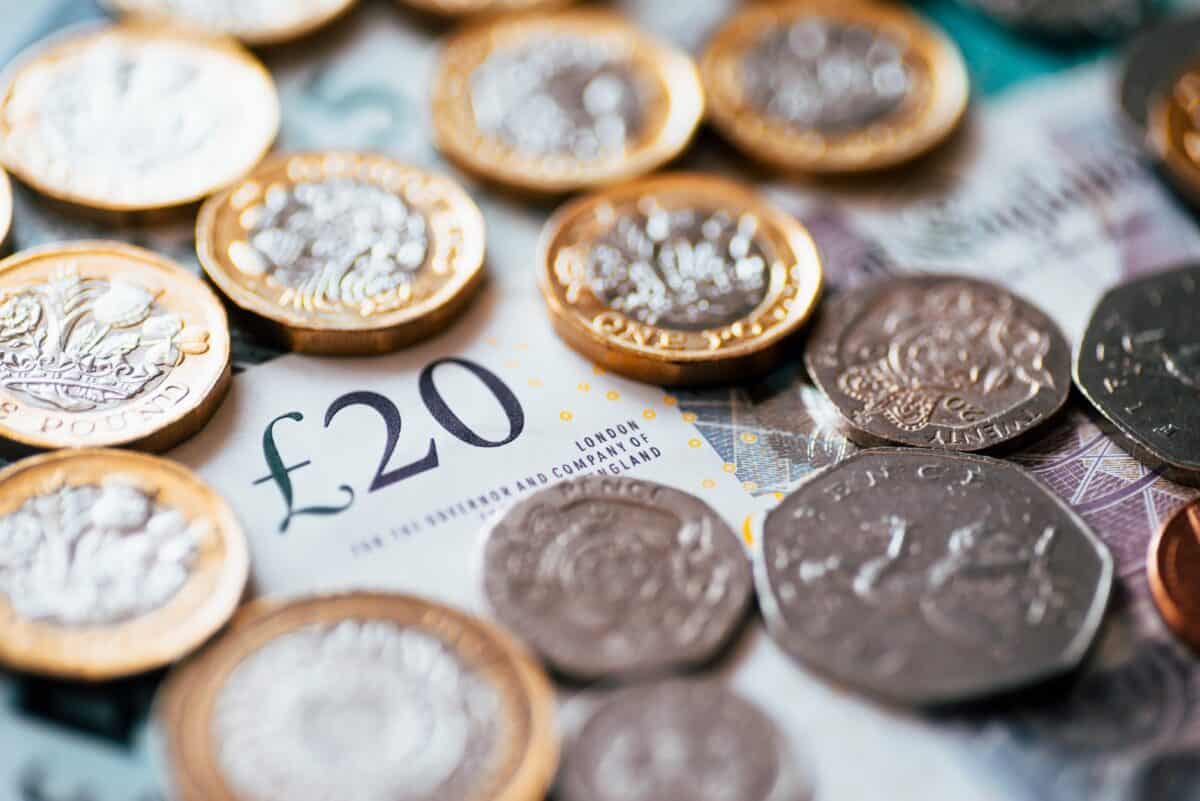Having cash in the bank’s never a bad thing. Thanks to the increase in interest rates over the past couple of years, it now means I can earn some passive income from a savings account. However, I still prefer making use of the stock market to really squeeze the juice out of my money. Here’s what I’d do right now if I had £5k sitting in savings.
Talking strategy
There are two main ways I can make use of the market to boost my income. The most conventional way is to buy stocks that have a track record of paying out dividends. If I then become a shareholder too, I’m entitled to get a cut of the money that gets paid out in the future.
I can easily see the dividend yield of each company. This measures as a percentage the dividends over the last 12 months in comparison to the current share price. Therefore, I can target a particular yield and filter for the stocks that currently meet this requirement.
The other option is to invest in growth stocks. These firms typically don’t pay out income but reinvest profits back into the business to fuel further expansion. Over the course of several years, the share price appreciation can really stack up and compound.
If I’m happy to forego payments in the short term, I can gradually trim profits from the growth shares and use this money as income.
As a note, neither dividend or growth stocks are guaranteed to be a profitable source of income. Unlike a savings account, the amount of profit I could make is all dependent on how well the company performs in the future.
One example
If I had money in my savings account that I wanted to invest now, I’d consider buying Investec (LSE:INVP). The FTSE 250 bank doesn’t get all the media attention that FTSE 100 banking stocks do. Yet it’s a firm on my radar, with the share price jumping 22% over the past year.
As for dividends, it has a yield of 6.08%. This is higher than I can get on a savings account, although the risk is higher.
In a way, this makes the stock the best of both worlds right now. The 2023 results are due out later in May, but the quarterly updates show the bank’s performing well. If this continues, investors should continue to support the stock. Further, with a likely strong profit after tax, dividend payments should continue.
Like most banks, the concern is that if interest rates fall later this year, the net interest margin would shrink. This could cause overall profits to fall. Yet even with this risk, the benefit of lower interest rates should encourage more spending, which generates revenue via card transactions and lending.
The numbers
In terms of numbers, let’s say I was able to build a portfolio with an average annual 6% yield. If I invested the initial £5k and topped this up with £450 a month, my pot would build quickly.
After a decade, it could be worth £82,842. The following year, I could hope to make just under £5k in passive income, or £414 a month.







